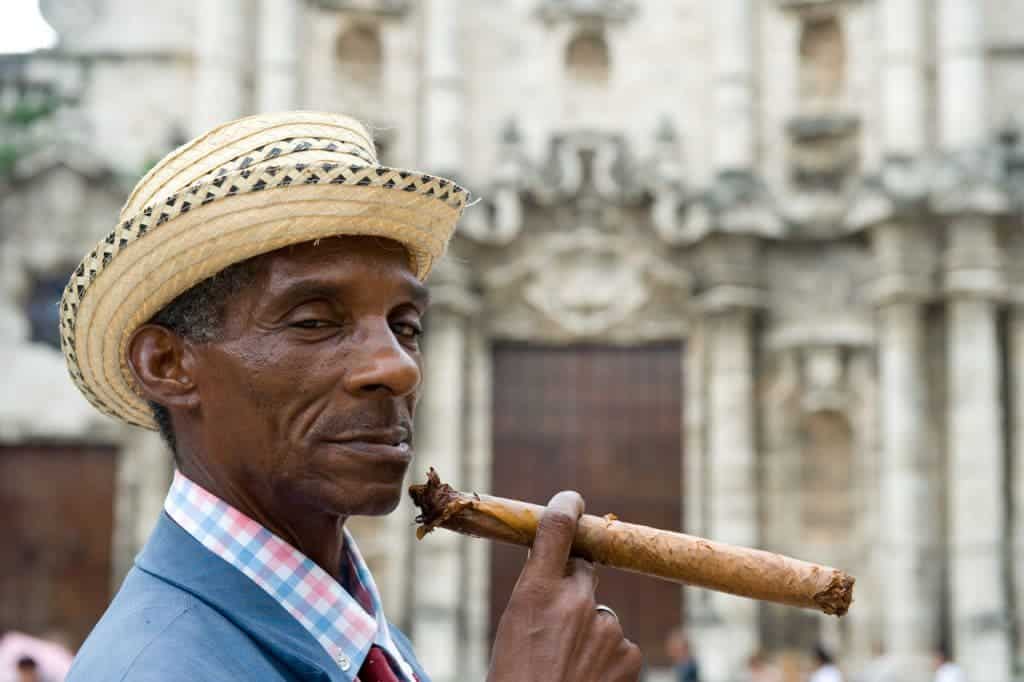Cuba, famous for its rum and cigars, might be one of the unlikeliest places people think of when cutting-edge biotech research is concerned. Despite economic sanctions and embargoes set forth by the US and partners, the country’s medical research institutes boasts some impressive results, particularly in immunization. One prime example is a lung cancer vaccine developed at Cuba’s Center for Molecular Immunology which increases life expectancy by up to six months. Now, the Roswell Park Cancer has signed an agreement with the Cuban medical center to finally bring the vaccine to the US for clinical trials.

An elderly Cuban man smoking a large cigar on the streets of Havana. Lung cancer is ranked fourth in the leading causes of death list in Cuba. The average life expectancy in Cuba is marginally similar to that in the US. Image: Flickr
Roswell Park will receive all the documentation it needs to begin its trials: toxicity data, how it’s manufactured and results from loads of trials performed in Cuba. The vaccine, called Cimavax, works its magic by kicking the immune system in full gear, such that antibodies might act to kill proteins released by cancerous tumors. As such, the vaccine doesn’t attack tumours directly – which means it doesn’t treat the disease. The antibodies attack a hormone called epidermal growth factor, which typically instructs cells to divide (usually a good thing), but when cancer is around this is undesirable.
Cimavax is given to people who already had contracted cancer, not preemptively like’s the case for most vaccines, effectively keeping the lung cancer from growing too much and metastasizing. This buys time for other methods, like chemo or surgery, to try and treat the disease. The vaccine costs the Cuban government $1 to make and is given to all its sick citizens for free. Lung cancer is the fourth cause of the death in the land of cigars.
Once they try it out and see how it fairs in their own clinical trials – expected to commence one year from now – the Roswell Park researchers want to adapt it to work as traditional vaccine. Namely, as a preventative intervention. Since epidermal growth factors are involved in many other cancers, like prostate, breast, colon, and pancreatic cancer, the researchers will also explore treatment in these areas as well. Unfortunately, the Cubans were financially restrained to attempt this research themselves.
It’s impressive, however, how much they were able to perform with so little, considering the average wage in Cuba is 20$ per month! At the same time, it gives to show that the stuff of innovation often springs from scarcity. Cuban immunologists have also made their own vaccines for meningitis B and hepatitis B, and monoclonal antibodies for kidney transplants.
“Investigators from around the world are trying to crack the nut of cancer,” says Thomas Rothstein, a biologist at the Feinstein Institute for Medical Research, who has for six years worked with the Center for Molecular Immunology. “The Cubans are thinking in ways that are novel and clever.”
via Wired









